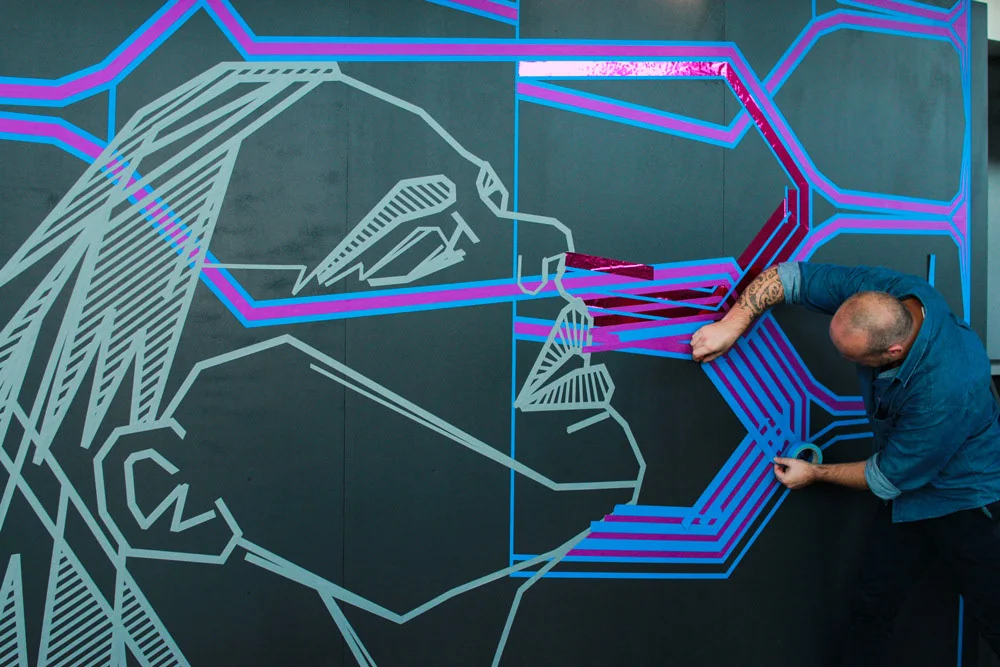1. Self-impose constraints
Most creatives we talk to purposely work with a set of constraints. These constraints might be time, materials, budget, a word limit, color palette, or musical scale. Create prompts and limitations at the start. Dream big, but take bite-sized steps.
2. Get bored
We live in a business culture that often promotes “appearing busy” over actual productivity. The best ideas don’t come in a crowded meeting room, sitting in front of a computer, or staring at a smartphone. Create purposeful time and space for boredom during the week. During your morning commute scribble in a notebook rather than scroll through the phone. Deny yourself easy entertainment after dinner (yes, this means Netflix), and take twenty minutes to go for a walk around the block. You’ll be surprised at what ideas come forward once you rid your mind of distractions and screens.
3. Prepare the materials
When inspiration strikes, you don’t want to be without the right tools. Simple things like large sheets of paper, sticky notes, and your favorite pen are a good place to start, but we recommend introducing a few unusual materials - you never know what they might inspire (think: found objects or an instrument you don’t yet know how to play). Over time, you’ll discover your own favorites.
4. Don’t ask for feedback…yet
Contrary to what you might have been told - rapid feedback may hold you back (at the beginning). During the first stages of creative ideation, resist the urge to immediately ask for input. Be patient with yourself, and don’t worry about editing. Improvise. Allow yourself to draw strange hypotheses that might not make sense at first. Free-write and let the stream of consciousness flow. After the ideas have had time to simmer, then you can edit and ask for feedback.
5. Find retreat
A creative retreat doesn’t necessarily mean going to cabin in the woods, becoming a hermit, or renouncing technology (although it definitely can!). Make your own daily or weekly rituals. While we like to think of famous ideators and artists as having inconsistent or zany schedules, most are very disciplined at making time and space on a daily basis to create. Start by giving yourself 30 minutes on the weekend, and build up to daily habits. You’ll be amazed at the results.





















Here are the best five spots for cheap beer, good stories, and a host of local characters.